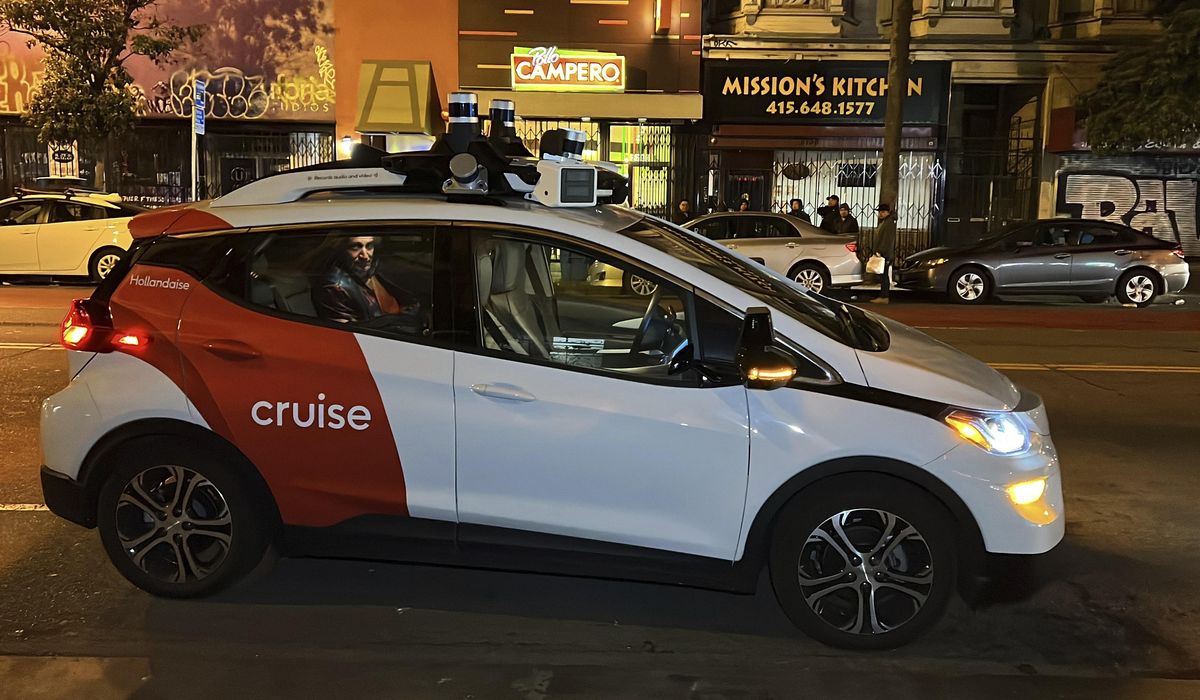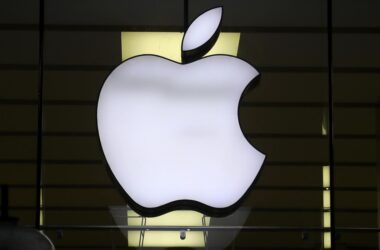The California Department of Motor Vehicles (DMV) has revoked the license of General Motors’ robotaxi service, Cruise, after determining that its driverless cars operating in San Francisco pose a danger to public safety. The indefinite suspension comes just two months after the Public Utilities Commission approved an expansion of Cruise’s operations. The approval was met with protests from police and fire officials who claimed that the driverless vehicles were impeding traffic during emergencies. The DMV concluded that Cruise’s robotaxis posed an unreasonable risk to public safety, although specific reasons for the suspension were not provided.
The decision to suspend Cruise’s operations follows a series of incidents that raised concerns about the hazards and inconveniences caused by the company’s robotaxis. The most recent incident involved a Cruise robotaxi running over a pedestrian who had been hit by another vehicle. The pedestrian was then pinned under the robotaxi after it came to a stop. Cruise has confirmed that it has ceased its robotaxi operations in San Francisco and is cooperating with regulatory authorities in their investigation into the accident. The company’s engineers are working on improving the response of their robotaxis to such rare events.
While Cruise has been sidelined in San Francisco, Waymo, another robotaxi operator, continues to offer rides in the city. Waymo, which originated as a secret project within Google, has also experienced incidents where its vehicles have come to sudden stops, causing traffic congestion.
The suspension of Cruise’s operations in California is a significant setback for General Motors, which has ambitious goals for the company. GM predicts that Cruise will generate $1 billion in revenue by 2025, a substantial increase from its revenue of $106 million last year. Cruise is also testing a robotaxi service in Los Angeles, where protests against it have already started, as well as in Phoenix and Austin, Texas.
Despite the suspension, GM CEO Mary Barra expressed confidence in Cruise’s technology and highlighted its potential impact on transportation. Safety remains a top priority for Cruise, and the company is continuously working on improving the safety of its autonomous vehicles.
It is worth noting that even before the suspension, Cruise’s robotaxis faced criticism due to incidents that disrupted traffic. Civic leaders had initiated a move to revoke Cruise’s permit after a group of the vehicles suddenly stopped and blocked traffic in a popular San Francisco neighborhood.
The DMV had initially asked Cruise to reduce its driverless fleet in San Francisco by half, a request that the company agreed to comply with.








